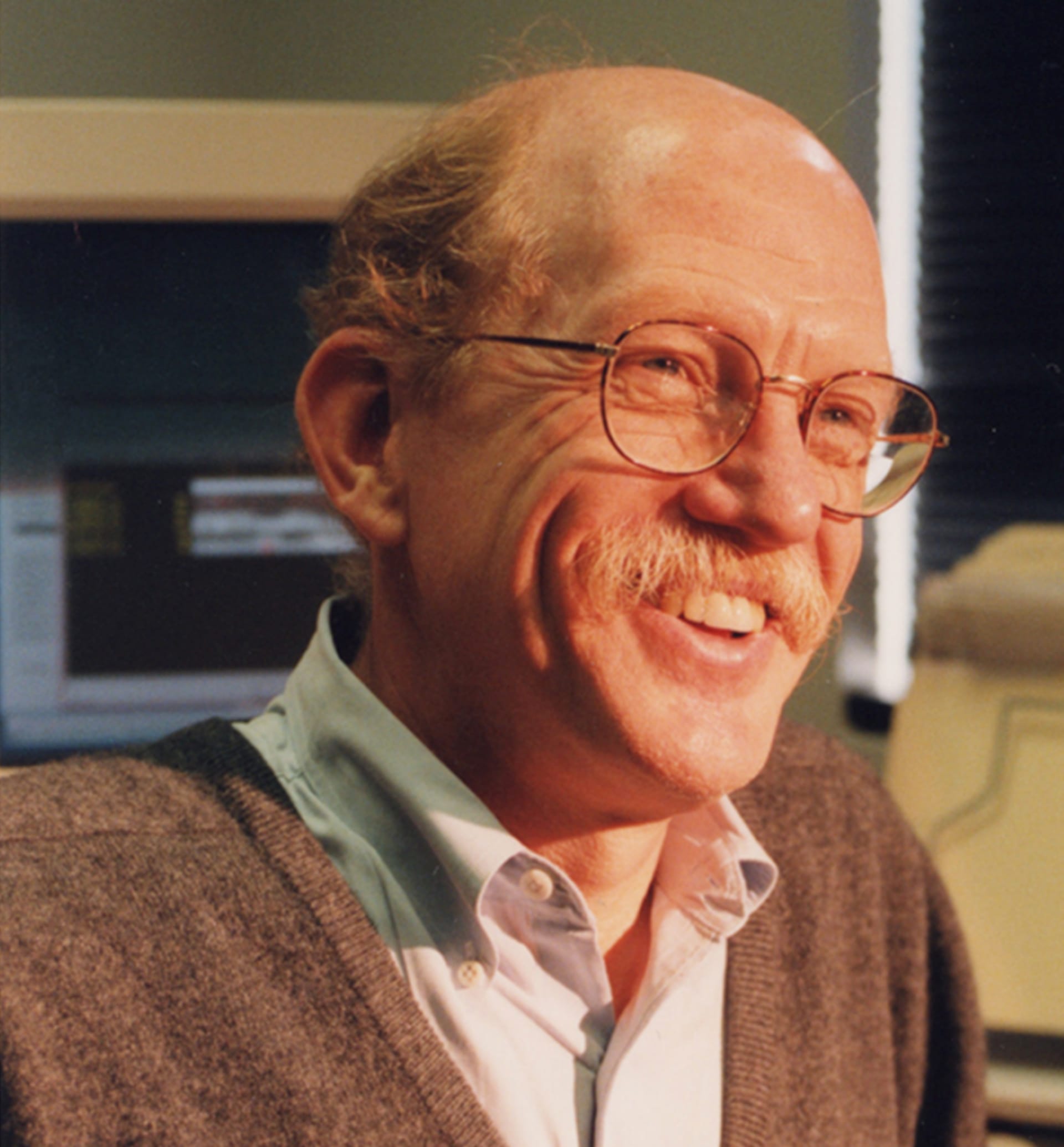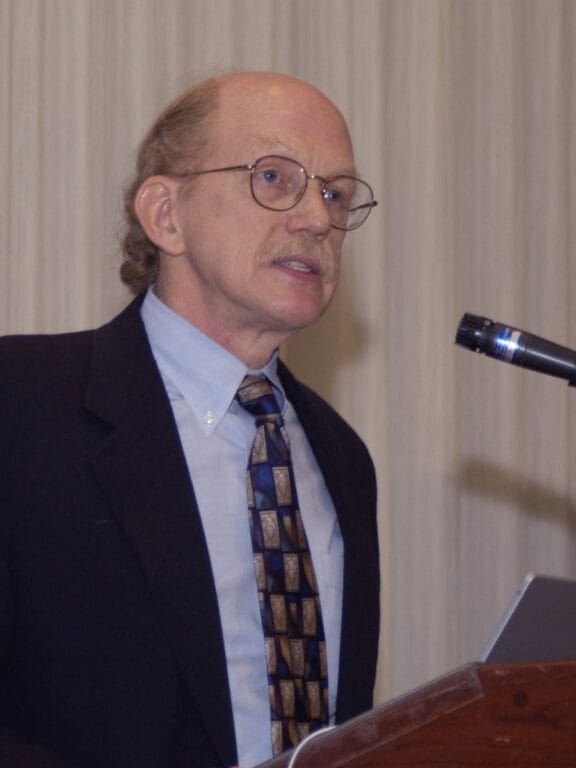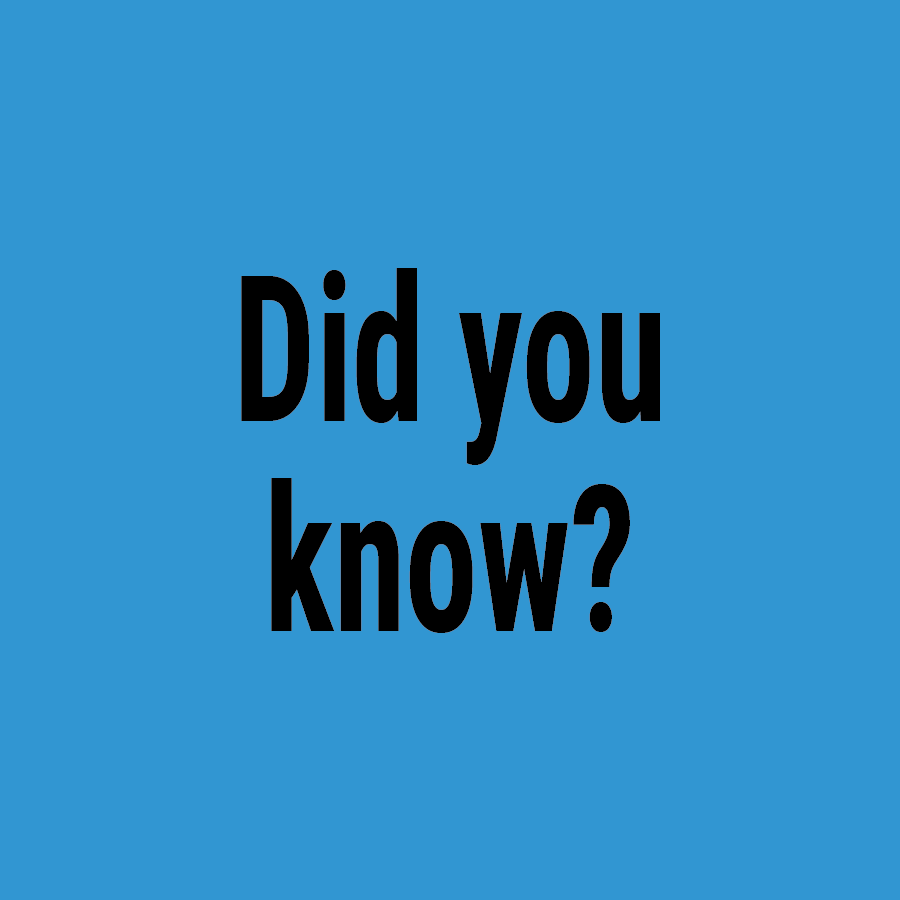Giants in genomics: Robert Waterston

Robert Waterston is an American biologist well known for his work on sequencing the genome of the nematode worm alongside John Sulston. He is also recognised for his part in sequencing the human, mouse and chimpanzee genomes.
Key terms
Genome
The complete set of genetic instructions required to build and maintain an organism.
DNA sequencing
The process of determining the order of bases in a section of DNA.
Mutation
A change in the DNA sequence, which may have positive, negative or neutral effects on the organism.
Early life
Robert ‘Bob’ Waterston was born in Detroit, Michigan in 1943. He decided to pursue a career in medicine during his senior year at Princeton – but he had neither a qualification in biology nor a foreign language, both of which were required at the time for acceptance into most medical schools. So, Bob set out for Germany for a year to learn German and biology, the former in night classes and the latter at Ludwig Maximillian Universtat in Munich.
Bob entered medical school at the University of Chicago, US, with relatively little interest in biology. He was soon inspired by the classes, especially those dealing with the latest research. After carrying out his own summer research, he developed a real enthusiasm for the subject and decided to pursue a PhD alongside his MD.
In the summer of 1969, Bob took a course at Woods Hole Marine Biological Laboratory in Massachusetts, US. This was where he first met Sydney Brenner, a prolific biologist who established the nematode worm C elegans as a model organism.
Bob returned to Chicago to finish his degrees, fascinated by Sydney’s work on C elegans. In 1972, he joined Sydney’s research group at the MRC’s Laboratory of Molecular Biology (LMB) in Cambridge, UK, as a postdoctoral researcher.
Investigating the nematode worm
Through Sydney, Bob was introduced to a grand project then beginning at the LMB: to understand life at the molecular level through studying C. elegans.
Sydney was looking for worms with mutations that affected their ability to move, as part of the search for genes controlling movement. During the project, Bob discovered new mutations affecting muscle and undertook important experiments to understand two muscle proteins found in the worm and other animals.
Bob returned to the US in 1976 as an assistant professor of anatomy and neurobiology at Washington University in St Louis. Here, he set up a lab dedicated to studying the molecular biology of muscle in the nematode worm. A few years later he moved to the Department of Genetics where he identified many more muscle genes and investigated their role in the muscles of C. elegans.

In the mid-1980s, Bob visited the LMB on sabbatical, intending work with Sydney Brenner’s worm group. But the only space available was in the room where John Sulston and Alan Coulson were beginning to map the worm genome. Bob joined them, and after his return to St. Louis the worm map became a collaborative project between the two labs.
The pilot study for the Human Genome Project
In 1989, Bob and John received one of the first Human Genome Project grants to sequence the worm genome. Their success led to John establishing the Sanger Centre in Cambridge with support from the Wellcome Trust, while Bob received funding from the US National Human Genome Research Institute to scale up their efforts to finish the worm sequence.
With this early funding, John and Bob began exploring the possibilities of using their methods on the human genome. The scientific community were very sceptical about using the same techniques to sequence the human genome – in fact, the review group considering Bob’s grant suggested that he should not use the money to pursue the human sequence.
Fortunately, the duo pursued their idea, and they became the first to complete the genome sequence of an animal, publishing the nematode worm genome sequence in late 1998. Both Bob and John’s labs also played a key role in completing the human genome sequence. Bob’s lab went on to produce the draft sequence of the mouse genome and the chimpanzee genome, and substantially contributed to the yeast and Arabidopsis genomes.

Bob Waterston has always been committed to the free release of scientific information and was an influential voice in establishing the Bermuda Principles on data sharing in 1996.
An ethos of free information
Always committed to the free release of scientific information, Bob and John jointly won numerous awards recognising their scientific work and their support for the scientific community. Bob was also an influential voice in establishing the Bermuda Principles on data sharing in 1996. This was recognised alongside the numerous awards won by John and Bob for their scientific work and their support for the scientific community.
In January 2003, Bob moved from St Louis to take up the chair of a new Department of Genome Sciences at the University of Washington in Seattle, US. Here, he and his team researched how development and growth is controlled by genes in the nematode worm. His team also developed novel technologies that made it possible to look at gene expression in single cells. He stepped down as chair in 2019.